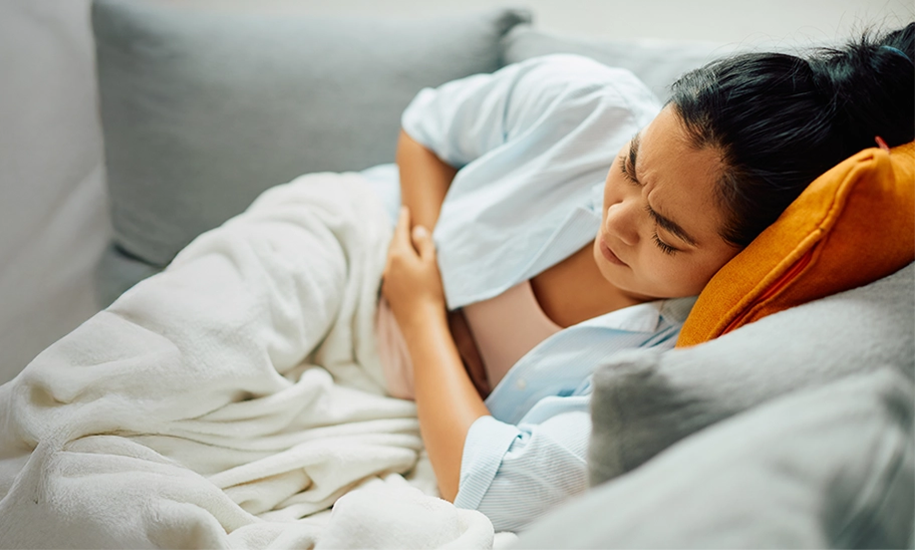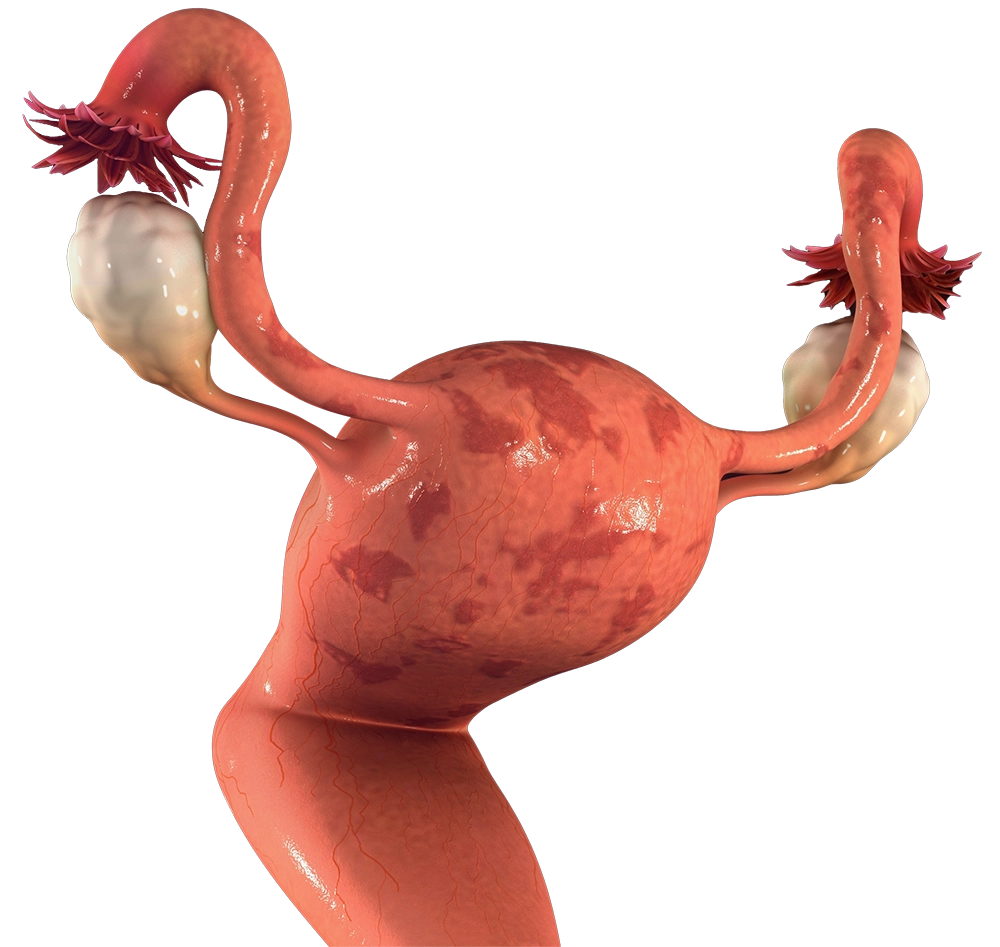Endometriosis is a chronic and often painful condition for many women. Despite how common it is, many of them are not aware of their options and suffer in silence without proper treatment.
Learn more about endometriosis, its causes, symptoms, and available treatment options.

Endometriosis
Endometriosis is a chronic and often painful condition for many women. Despite how common it is, many of them are not aware of their options and suffer in silence without proper treatment.
Learn more about endometriosis, its causes, symptoms, and available treatment options.
Endometriosis occurs when tissue akin to the uterus lining grows outside the uterus, affecting the ovaries, fallopian tubes, and other organs. Known as the endometrium, this tissue thickens, breaks down, and bleeds with each menstrual cycle.
However, because it is outside the uterus, the blood cannot exit the body, leading to inflammation, scarring, and adhesions in the affected area.


Several factors may contribute to endometriosis:
A process in which menstrual blood flows in reverse, through the fallopian tubes and into the pelvic cavity instead of flowing out of the body, allowing endometrial cells to attach and grow outside the uterus.
Endometriosis often runs in families, suggesting a genetic predisposition.
High oestrogen levels can promote endometrial tissue growth, increasing the likelihood of endometriosis.
Some experts believe that an immune system issue may prevent the body from identifying and destroying endometrial tissue growing outside the uterus.
After surgeries like a C-section or hysterectomy, endometrial cells can adhere to the incision and form endometriosis in that area.
There are various approaches to treating endometriosis, depending on the intensity of symptoms, the extent of tissue growth, and individual treatment goals. Treatment generally falls into two categories: non-surgical and surgical.
When symptoms are severe, or fertility is affected, surgery may be recommended to remove or reduce endometrial tissue.
Non-surgical options often focus on managing pain and slowing the growth of endometrial tissue:
Endometriosis is a complex condition that requires individualised care and treatment. Seeking support from a qualified specialist can make a significant difference in understanding and treating this condition, empowering you to live a more comfortable and fulfilling life.
At Pacific Healthcare Specialist Centre, our approach to treating endometriosis combines comprehensive diagnostics, personalised treatment plans, and expert care. We specialise in minimally invasive laparoscopic procedures, providing effective symptom relief and minimal downtime.

Menopause can reduce or eliminate endometriosis symptoms for some women due to the drop in estrogen levels, which fuels endometrial growth. However, those taking hormone replacement therapy (HRT) may see symptoms return as HRT reintroduces estrogen into the body.
Your healthcare provider can help you decide on the best options for managing endometriosis during and after menopause.
Copyright © 2025 Pacific Healthcare Specialist Centre (Women's Clinic)